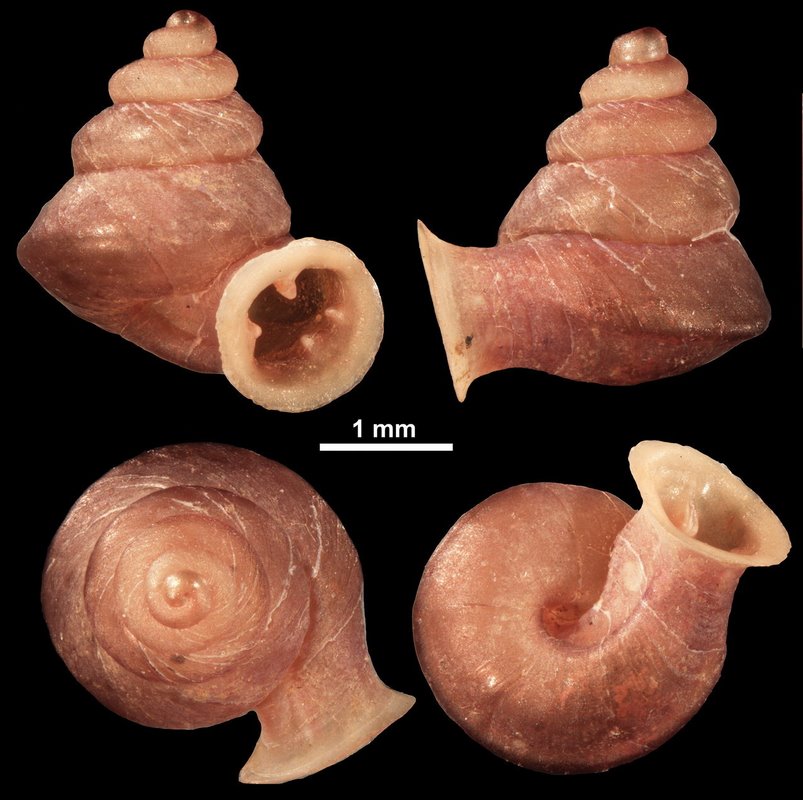 Mandatory credit ‘Gojšina et al.’ via SWNS
Mandatory credit ‘Gojšina et al.’ via SWNSA tiny new species of snail with an unusual shell was recently discovered in Southeast Asia by some very art-conscious biologists, who decided to name it after painter Pablo Picasso.
Measuring just 3 millimeters, the microsnail’s shell was nevertheless eye-catching, and they came up with the name because of the way its shell seemed to embody the principles of Cubism.
The international team of biologists was led by Serbian PhD student Vukašin Gojšina and his Hungarian supervisor, Dr. Barna Páll-Gergely. Together with local experts and scientists, they were studying snail diversity in Southeast Asia’s forests when the species, previously unknown to science, grabbed their attention.
They explained that, unlike most other snails, Anauchen picasso has rectangularly angled whorls that, according to the scientists, make it look “like a Cubist interpretation of other snails with ‘normal’ shell shapes.”
“Although the shell sizes of these snails are less than 5mm, they are real beauties!” said Dr. Páll-Gergely.
“Their shells exhibit extraordinarily complexity. For example, the aperture—the ‘opening’ of the shell—is armed with numerous tooth-like barriers, which are most probably useful against predators.”
“Furthermore, several of the new species have an aperture that turns upwards or downwards, which means that some species carry their shells upside-down.”
The research team’s findings were published in the journal ZooKeys in a 300-page article that included the descriptions of 46 new species of microsnails from Cambodia, Myanmar, Laos, Thailand, and Vietnam.
BEAUTY IN NATURE: Check Out the Greatest Snowflake Photos Ever Taken With Vividly High Resolution
The apertural barriers and the orientation of the last whorl on the shell were among the primary characters that helped the researchers tell different snails apart.
While many of the new species were collected recently, several, unknown to science until now, were found in the collection of the Florida Museum of Natural History, collected in the 1980s.
OTHER BEAUTIFUL SNAILS: Photographer Unites With Cuban Scientists to Save the World’s Most Beautiful Snail
“It is likely—and in some cases, certain—that the locations where these snails were found have already been destroyed by deforestation and limestone quarrying, which are the major threats to locally endemic land snails in Southeast Asia,” said Dr Páll-Gergely.
SHARE This Snail Shell Art With Your Friends Who Love Collecting Shells…
Source link

